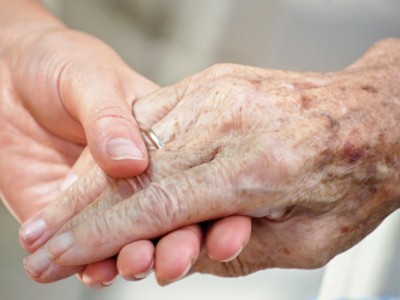Ageing skin problems
As age progresses, skin problems in elderly individuals, such as dryness, wrinkles, and age spots, become more prevalent and can have a significant impact on their overall confidence and well-being.
Ageing skin problems can affect our physical and emotional health, but seeking professional advice from an expert dermatologist can help us find effective solutions and improve our quality of life.
Appearance and Texture Changes
The skin is constantly renewing itself. New cells are formed on the lower layer of skin which slowly move upward. By the time they reach the surface of the skin, these cells are dead and are removed daily. With ageing, this process of cell renewal slows down. The “dead cell” layer remains longer on the surface of the skin giving the .skin a dull look. This skin feels rough and scaly.
The supporting structures and elasticity of the skin decrease with age. There are different kinds of skin problems in Elderly: The skin sags and wrinkles appear.

Senile Purpura
The skin of an aged person is thinner and easily disrupted. Blood vessels, too, are easily disrupted, resulting in bruises called senile purpura. Senile purpura is commonly seen on the forearms. Its presence does not indicate vitamin deficiency or a bleeding disorder. The skin heals slowly following injury.
Xerosis/Asteatotic Eczema
The skin becomes dry and flakes easily as the oil contents of the skin decrease with age. Dry skin becomes itchy. Sensations of dryness and tautness are common.
Dry skin has a rough and finely flaking or scaly surface. These are seen in the upper back and the limbs, especially the shins. Sometimes asteatotic eczema occurs in areas of dry skin. These are seen as poorly demarcated, scaly round red patches. Sometimes a distinctive appearance of red scaly fissures in an irregular net-like pattern resembling cracked porcelain is seen.
Skin Infections/Infestations
Bacterial Infection: The fissures/cracks on dry skin predispose bacteria entry into the skin to cause superficial infection.
Scabies: s an infectious, very itchy skin infestation caused by a mite. The infestation spreads frequently among the elderly living in crowded homes. Sometimes crusting and scaling can cover the whole body (Norwegian scabies).
Ringworm Infections: The elderly often have ringworm infections of the nails and skin, especially on the feet. Ringworm infection of the nails will appear as discoloured and thickened nails. Ringworm infection of the feet might show redness and blisters in addition to scaling.
Pigmentation Changes
Brown spots that look like freckles are often seen. These are larger and more irregular than freckles. They are sometimes called senile freckles Fig.4. They are the result of skin damage from the sunlight. If the freckles become larger or thicker or develop a crust you should consult a doctor. Skin cancer has to be excluded. Senile freckles can be removed easily by freezing, electrosurgery or the application of certain chemicals.
The pigment cells in the skin of the elderly also become less active and the skin may look sallow.
Blistering Disorders
The elderly can develop blistering disorders of different causes. A common blistering disorder is herpes zoster Fig.5 which is a reactivation of the chickenpox that an individual had when young. This presents as a band of blisters on one side of the head or body or along one limb. It can be associated with Stasis dermatitis
Some elderly persons have poor blood circulation in the legs, leading to rashes around the ankles called stasis dermatitis Fig.6. Untreated, this might lead to skin ulcers.
What are the special skin care needs of the elderly?
The elderly require special skin care because their skin is thin and dry. Care must be taken to prevent the skin from becoming too dry. Hot baths should be avoided. Avoid frequent baths/showers. Avoid soap or at most a mild soap should be used. If the skin is dry, moisturizers should be applied to the skin after the bath.
As the skin becomes dry, cracks appear. Bacteria enter the skin easily to cause skin infections.
Those who are bedridden need to avoid prolonged pressure on the ankles, heels and buttocks. Too much pressure can tear the thin skin leading to bed sores.



